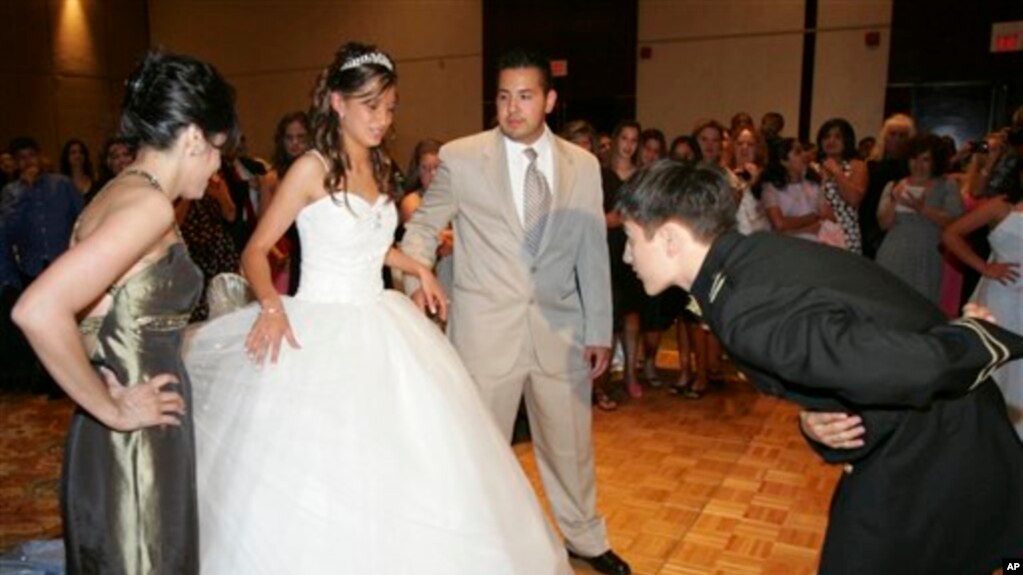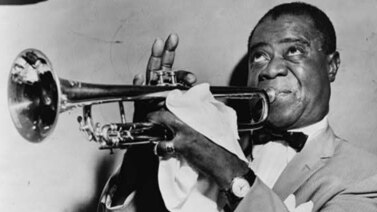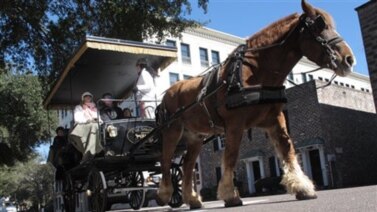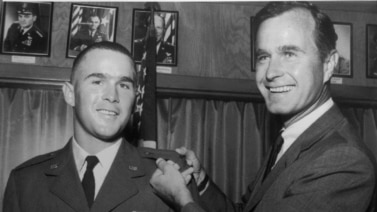
From VOA Learning English, welcome to This Is America in Special English. I’m Christopher Cruise.
And I’m Kelly Jean Kelly.
Today we meet an American teenager as she celebrates her 15th birthday in the Hispanic tradition of the quinceañera.
Many teenagers in the United States experience a rite of passage -- an event signaling the end of childhood. Sometimes this is a celebration to mark a birthday, like the “Sweet 16” party for girls. Sometimes the rite of passage is a religious observance or a cultural or ethnic tradition.
Young members of the Jewish religion, for example, study and memorize a part of the Torah. Then they recite or repeat those religious scriptures for the clergy, their family and friends in a temple or synagogue. The ceremony for boys is called a Bar Mitzvah. For girls, it is a Bat Mitzvah.
Also, in some American churches, young people can confirm their Christian beliefs in a religious service.
Some American Indian girls follow tribal customs to mark the beginning of womanhood. One such example is Kinaalda’, an observance by members of the Navajo tribe. The meaning of the word Kinaalda’ is unclear. But generally, it marks and blesses the time when a young woman becomes able to bear children.
And some teenage girls, like Julissa Meza-Lopez of Ranson, West Virginia, follow a centuries-old rite of passage marking the 15th birthday. For many girls, the rite means both a religious event and a big party.
Julissa made a big decision about her own rite of passage when she was 14 years old. She decided to celebrate her next birthday with a quinceañera. She made the choice after her parents had offered her other presents, including a first payment towards buying a car.
Quince is the Spanish word for 15; a quinceañera marks the 15th birthday. The event is also called quince años or just quince. The name depends on where you live and the customs of your family. But the celebration of a 15th birthday usually means the same thing in many parts of the world. The 15th birthday marks a goodbye to childhood and the beginning of womanhood.
The quinceañera is especially common in countries where Spanish, Portuguese, French, or Creole are spoken. Many thousands of girls in the United States whose ancestors spoke those languages follow this tradition.
In most ways, Julissa lives the life of a typical American teenage girl. She is a second-year student at Jefferson High School in Shenandoah Junction, West Virginia. She gets good grades and likes social studies.
Julissa also respects the traditions of her parents. The family is among about 52 million Americans of Hispanic ancestry. Julissa’s mother, Kelly Lopez, came to the United States with her family from Honduras in the 1990s.
Her father, Julio Meza, moved here from El Salvador with his family about the same time. The two met and married in the Washington, DC area and are longtime United States citizens. But they still have many family members and friends in Central America.
Ms. Lopez says she did not have a quinceañera herself. She has two sisters close to her own age. They were settling in the United States about the time when their 15th birthday celebrations took place.
But Julissa had other ideas. Her mother explained how the big party came to be.
“Well, we started, like, maybe a year ago. She really wanted her quinceañera birthday party because it’s something that all her cousins, also they did it, so she really wanted hers.”
As part of the quinceañera tradition, Julissa completed a year of religious studies at her family’s Roman Catholic Church. She took part in a ceremony confirming her beliefs. And then she was ready for her celebration.
The family made a list of about 150 relatives and friends to invite. Some of the guests traveled to the party from as far away as Central America. Julissa also invited the boys and girls who would attend to her at the celebration.
To help plan for the party, the parents visited a number of possible places to hold the event and made a decision. Julissa’s birthday would be celebrated in the ballroom of the Hollywood Casino at Charles Town Races.
The family spent time trying to decide what would be served for dinner. Julissa says they made two choices. Chicken was the main meal for some of the guests. But not everybody had that meal.
“We did a mix of two different plates. For the Spanish side that was the burritos. We served it with, like, rice and steak, tortilla, and they gave us guacamole and salsa and chips.”
When the big day came, a long, white limousine arrived to take Julissa and her group of attendants to the party. Six girls wearing violet dresses and six boys in formal tuxedos jumped into the vehicle.
Julissa, however, climbed up more slowly. Ruffles on her dress made it harder to enter the limousine. When she finally sat down gracefully, her attendants cheered. Every so often, Julissa and the others stood and pushed their heads out of the limousine’s skylight opening. Julissa held onto her tiara, a jeweled headpiece, as the wind tossed her long, dark hair.
In the Hollywood Casino, some guests were already seated at tables. They watched as a professionally-made video documented Julissa’s young life.
Against the background of the song, “Looks Like We Made It,” she was shown as a newborn baby in her mother’s arms in the hospital. The guests watched as a young Julissa played in the sand and waves at an Atlantic Ocean beach. They saw her at the ceremony for her first communion, a sacred religious event for Catholics.
They talked about her as a baby learning to walk, and as a little girl during her first days of school.
The video showed Julissa at Disney World and holding her brother Julian as a baby. She smiled as she stood in front of the family’s Christmas tree.
The limousine dropped the young people at the party, and after a while a line formed. Julissa and her attendants and family waited at the door. There were ceremonious announcements as they entered the huge party room. After dinner, upbeat music played as a master of ceremonies announced the entry of each guest.
As part of the quinceañera ritual, Julissa welcomed the guests at each table, and she received presents. The gift of a doll, for example, represented the last plaything of childhood. A shining pair of silver high-heeled shoes represented the first steps of adulthood.
One grandmother presented her with a special heart-shaped quinceañera necklace. The other grandparents presented her with a ring, and her aunt from El Salvador gave her a Bible.
After dinner Julissa and her attendants performed a dance they had been working on. She looked very grown up as she and her partner went around and around in the center of a circle of dancers.
One of the dancers was Julissa’s younger brother Julian, who is seven years old. He took off his tuxedo jacket and looked like he could stay on the dance floor all night. His mother remembers Julian’s pleasure at being included in a dance specially prepared for the party.
“She did a special dance for everybody, something that she practiced, like, the whole time, and he was in it. So he was really excited that he was part of it.”
The music got faster for the next dance, which had more complex steps. And before long, the dancers moved to the tables and took new partners. Everyone from young children to old men and women began to whirl around.
Finally the room grew darker, and Julissa’s party was over. Her father, Julio Meza, expressed his pleasure with the celebration.
“Everything went fine, you know. I was really glad, you know, that we were able to pull this through because it was a big challenge. You know, it wasn’t easy. Everybody really enjoyed it. She really deserved it. She’s, you know, she’s really a good girl.”
Some people criticize events like the quince party as a waste of money -- money that could be used for education – or, someday, for a wedding. But Julio Meza notes that in the customs of his birthplace, the family of the girl does not pay for her marriage ceremony.
And maybe Julissa has the best answer for criticism of the quinceañera. She said, “The memories...”
This broadcast was written by Jerilyn Watson and produced by Kelly Jean Kelly. I’m Christopher Cruise.
And I’m Kelly Jean Kelly.
Does your family, religious organization, or country have a rite of passage? Tell us about it and we will publish your answers on our website voaspecialenglish.com.
Join us again next week for another This Is America, from VOA Learning English in Special English.



